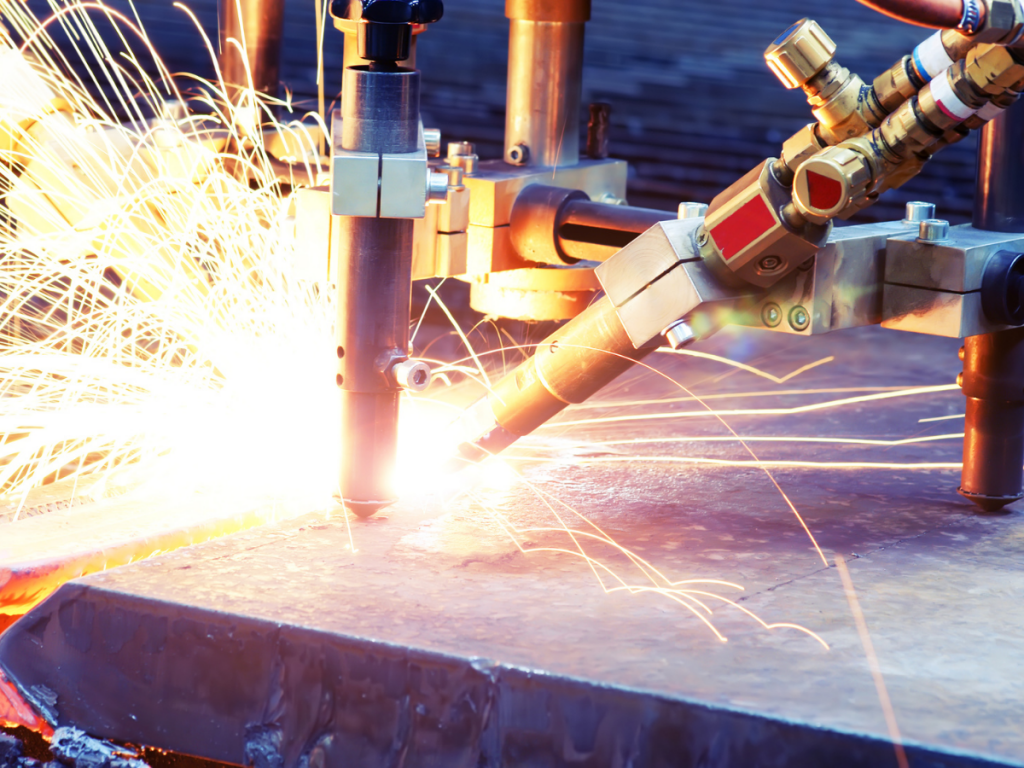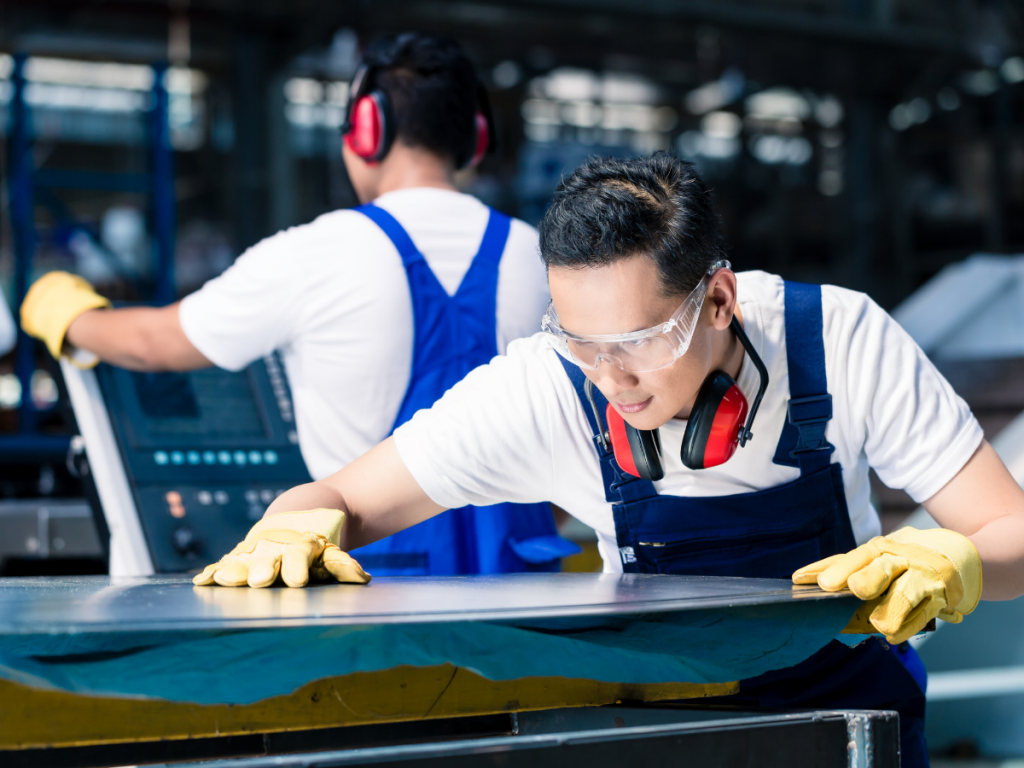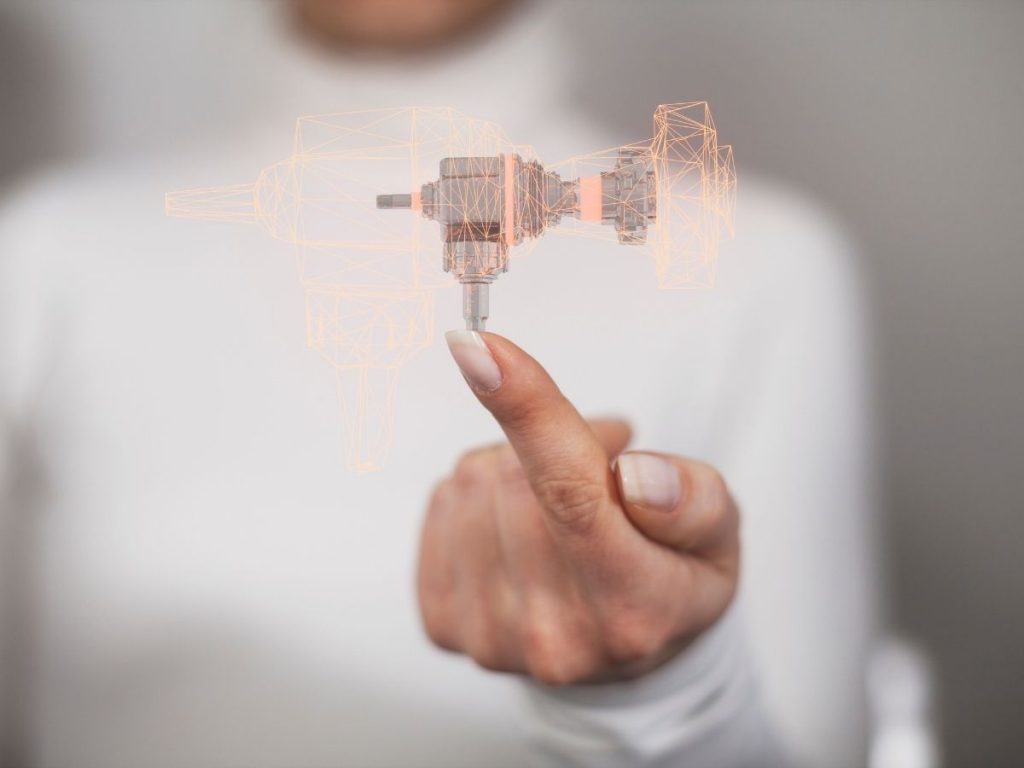A prototype is an early sample, model, or release of a product to test a concept or process. It is generally used to evaluate a new design and to enhance its precision through real world testing and usage.
Sheet metal prototyping is a rough draft or mock-up model of the final product that is built before manufacturing begins and allows designers and manufacturers to test quality and finish. Sheet metal prototyping is done using various methods such as Computer Aided Design (CAD), Computer Numerically Controlled machining (CNC), 3D printing and sheet metal forming. Depending on the prototyping process, a variety of materials such as aluminium or steel are used to create metal prototypes that closely mimic the final product.
The advantages of sheet metal prototype fabrication
Having a prototype of your product allows you to gather feedback from contractors, investors or customers. This feedback can be used to improve the design, leading to better performance in the long term.
Metal prototypes usually:
- Provide closer-to-life test results
- Are easier to move into mass-production
- Provide better functionality in the long run
- Eliminate extra costs associated with large scale manufacturing errors
- Are more cost effective than plastic in certain circumstances
One of the biggest reasons sheet metal prototyping helps businesses is the guesswork it eliminates in manufacturing. These prototypes act as physical samples of a design model, allowing manufacturers to test the performance of the design and detect flaws long before production begins.
Some may see the initial cost of sheet metal prototype fabrication as a downside. However, the cost of going all-in with manufacturing only to be left with a large batch of flawed or miscalculated products is much greater.
Engineering materials for sheet metal prototype fabrication
Creating a prototype of your product can help you to select the right metal material for your product, tweak dimensions, and improve functionality. Ultimately, this makes the final production run more cost and time efficient.
Various metals are used to create sheet metal prototypes depending on the application and roles. Manufacturers use different grade metals for prototyping sheet metal products. Some metal options that can be used for metal prototypes are:
- Aluminium
- Stainless steel
- Galvanized steel
- Galvannealed steel
- Cold-rolled steel
- Copper
- Brass
CNC machining
CNC machining works exceptionally well for prototyping. Some complex geometries can’t be produced using moulds or dies and need to be either 3D printed or CNC machined. Solid blocks with a lot of material lacking much internal geometry work best with CNC rather than 3D metal printing. It’s faster and cheaper, leading to quick turnarounds.
Standard CNC machines are:
- Laser cutters, etchers, and markers
- Milling machines
- Electrical discharge machines (EDM)
- Plasma cutting machines
- Lathes and turning machines
- Grinders
Some machines work only on X and Y planes, others on all three dimensions, and some have 6-axis capability, which means rotation on two or three planes.
Sheet metal prototypes are a hybrid that often employ 2-axis laser, plasma, or EDM cutting machines.
Metal prototypes vs plastic
In some instances, designers create plastic prototypes of parts that will be manufactured using metal. This works in some cases where the manufactured part doesn’t have any mechanical or functional role and doesn’t require characteristics like strength, conductivity, or ductility. But, if the mechanical and functional characteristics are important in your application to perform a particular role, metal prototypes are much more beneficial. A metal prototype can mock those characteristics easily and can be tested on different parameters for functional roles.
Metal prototypes are also considered to be better even if they don’t provide functionality because they can offer almost an exact replica that will help conceptualize the final product in a better way. Sheet metal prototypes offer long-term benefits and increase the chance of the commercial success of your final product.
Prototyping and CAD software
CAD enables sheet metal fabricators to design specific prototypes by providing a digital drafting space. It greatly increases productivity, design, drawing quality and greatly eliminates risk of error in final manufacturing.
At E&A Probend we use SolidWorks CAD to create metal product prototypes prior to manufacturing. SolidWorks CAD is one of the most proficient and advanced CAD software systems available that is built specifically for design and engineering and even more specifically, for sheet metal manufacturing. Building 3D prototypes helps us to create, confirm, communicate, manage, and transform our clients’ ideas and projects into excellent product design. To learn more about CAD click the link here.
Prototypes are used to replicate, gain knowledge, and test to provide a real-life experience of final designs and their functions. Creating the right prototype is essential to avoid any error or production defects that can cost a lot more. This is where the sheet metal prototype can be beneficial in many ways.
Our team of experts can work with you to conceptualise and bring to life prototypes of your ideas prior to beginning the final manufacturing process using CAD, CNC, sheet metal forming, laser cutting and welding.
To discuss your next metal project, please get in touch with us any time.



